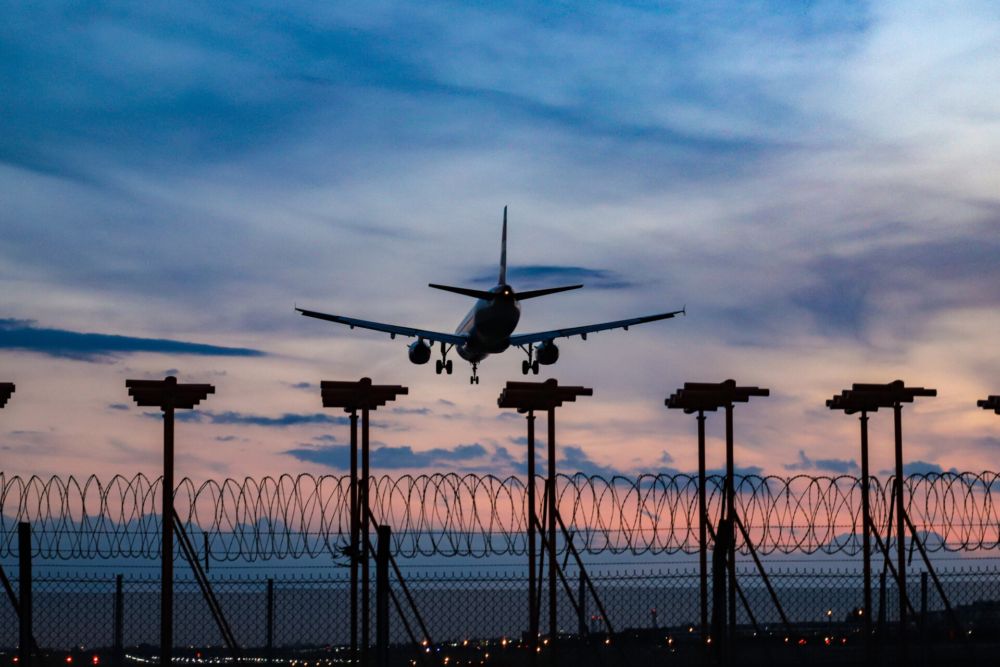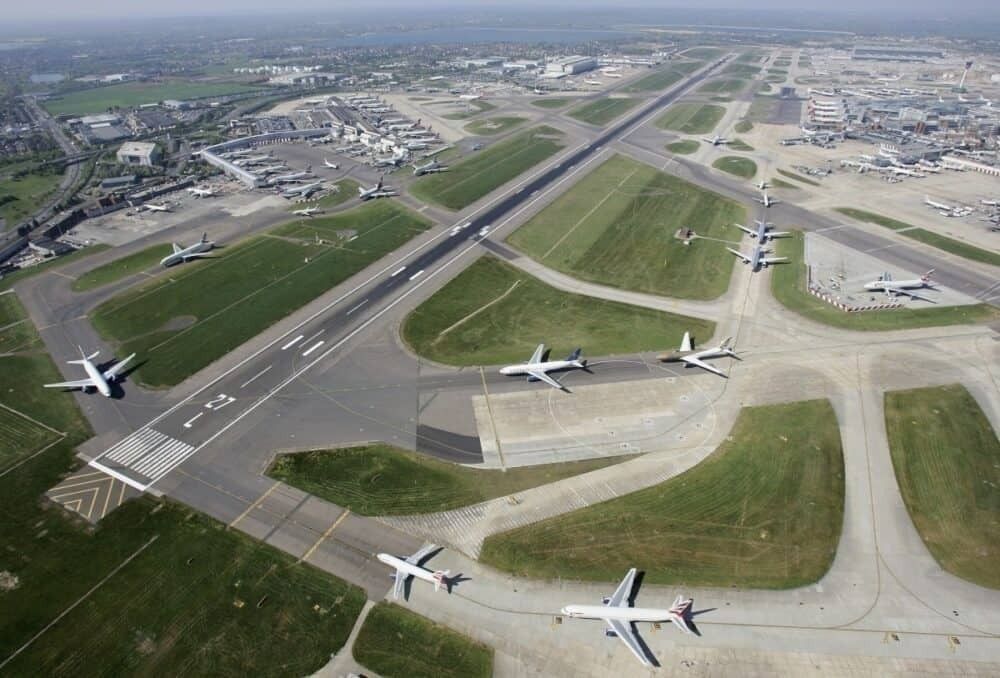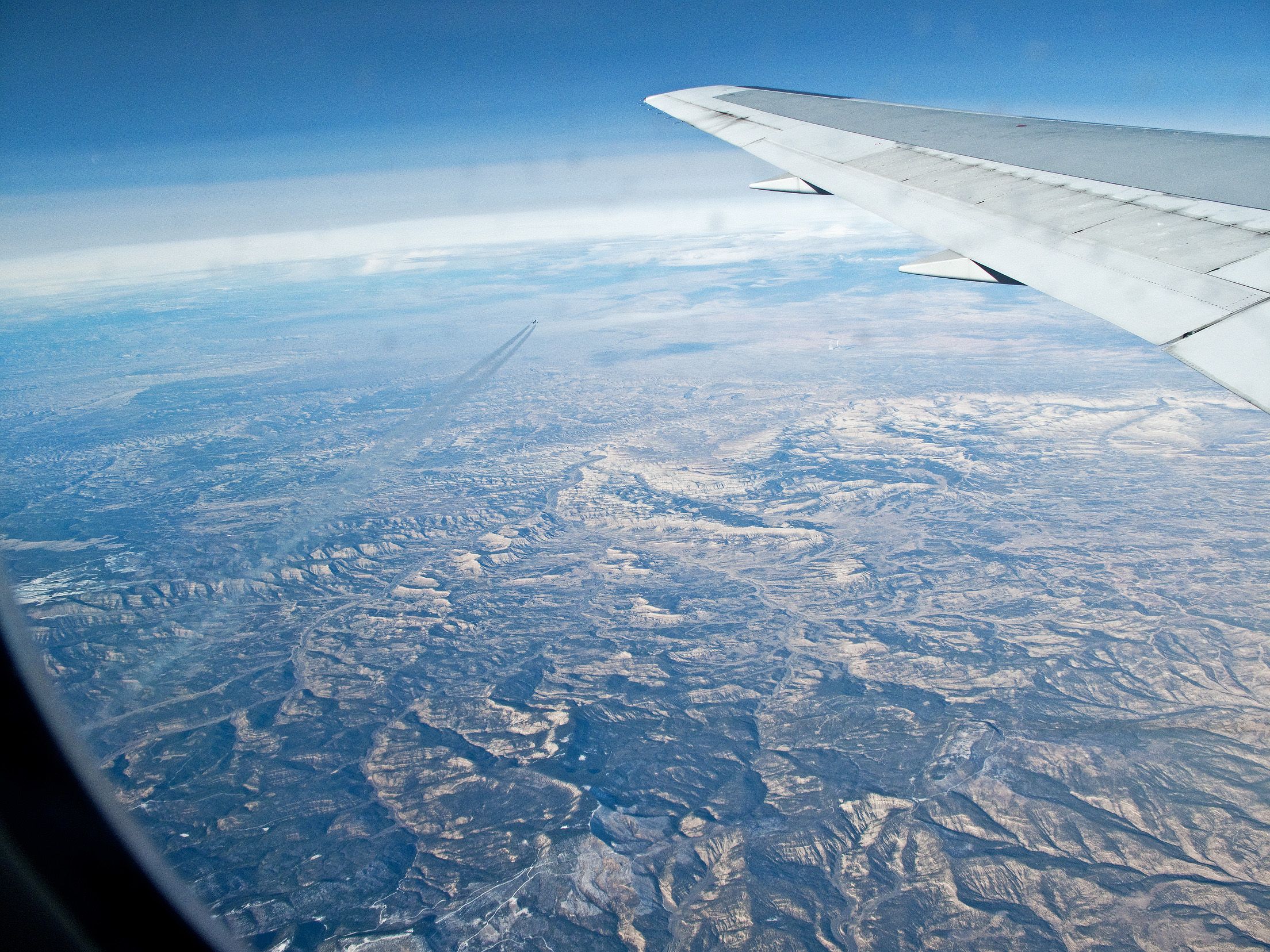Before we get into what measures are in place to prevent a mid-air collision, let's first look at what constitutes a mid-air collision and why they happen. The definition of a mid-air collision is when two or more aircraft come into accidental contact with each other during a flight. Owing to the high speeds at which the aircraft are flying, it is very likely that it would be catastrophic if they collide. The impact would also likely result in one or all of the planes crashing to the ground or sea. The potential of having a mid-air collision is increased by the following:
- Miscommunication
- Mistrust
- Navigational error
- Deviations from flight plans
- A lack of situational awareness
- A lack of collision avoidance systems
Fortunately, mid-air collisions rarely occur because of the vastness of open-air space. Having said that, the chance of a mid-air collision increases significantly around airports where large volumes of planes fly close to each other. The Air Safety Foundation (ASF) data says that 45% of mid-air collisions occur while planes are in a traffic pattern, with two-thirds of all collisions happening when the aircraft is on final approach or over the runway. The result of the collision is usually due to the order in which planes are landing and often starts early in the traffic pattern.
Most mid-air collisions involve military or private planes
Each year there are around 200 near mid-air collisions and between 15 and 25 actual mid-air collisions, of which 75% result in fatalities. According to the Federal Aviation Administration (FAA), a near mid-air collision is defined as an incident in which two aircraft are less than 500 feet apart or that a pilot or crew member felt like a hazard existed.
It is safe to bear in mind that most mid-air collisions or near a miss involve military aircraft or private planes. Commercial airlines follow strict separation rules at different phases of the flight. When flying below 29,000 feet, commercial aircraft must maintain a vertical separation of at least 1,000 feet. At higher elevations, the separation increases to 2,000 feet. When flying between 29,000 and 41,000 feet in particular airspace, aircraft equipped with modern altimeters and autopilots only need to be vertically separated by 1,000 feet.
Due to the possibility of a collision and the turbulence caused by other aircraft in controlled airspace, planes have a horizontal separation of five nautical miles. Three nautical miles is typical in terminal airspace at lower levels and can be less at the discretion of air traffic controllers.
Technology to help avoid mid-air collisions
Since the 1990s in the United States and 2000 in Europe, passenger aircraft cannot operate if they do not have a traffic collision avoidance system (TCAS). A TCAS is a radio system that works by transmitting a signal that tells the plane's altitude direction and airspeed. If an aircraft picks up an indication of another aircraft, it works out how far the two are from one another. The TCAS also uses an antenna to tell which direction the signal is coming from and then calculates whether it constitutes an unsafe situation.
The TCAS only tells a pilot to climb or descend
Should the chance of the two aircraft coming close to each other happen, a voice recorder in the cockpit will say in a concerned voice, "traffic! traffic!" to alert the pilot. The other aircraft will also be displayed in yellow on the flight monitor. This is a signal for the pilot to look out of the windows for visual signs of another plane. If the aircraft continue to get close to each other, the TCAS issues an advisory regarding direction and altitude.
Pilots are trained to follow the TCAS instructions even if it contradicts those given by air traffic control. This is because the TCAS system is far quicker at reacting to the situation and making decisions. The TCAS system never tells a pilot which way to turn but climb or descend. If, however, a pilot has a visual contact of the other plane, the rule is to turn to the right.



